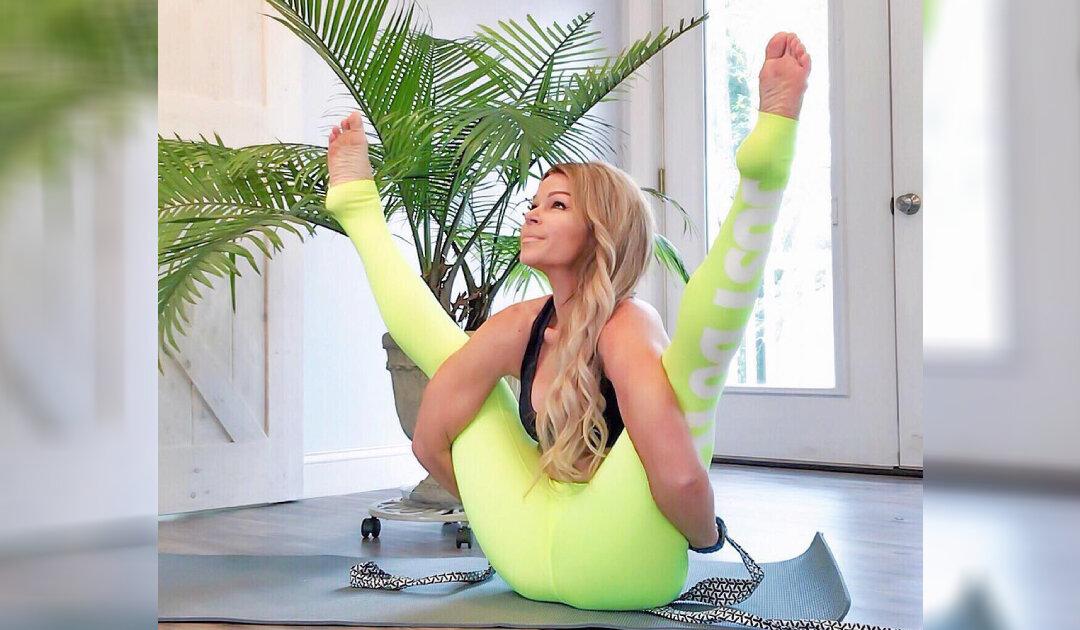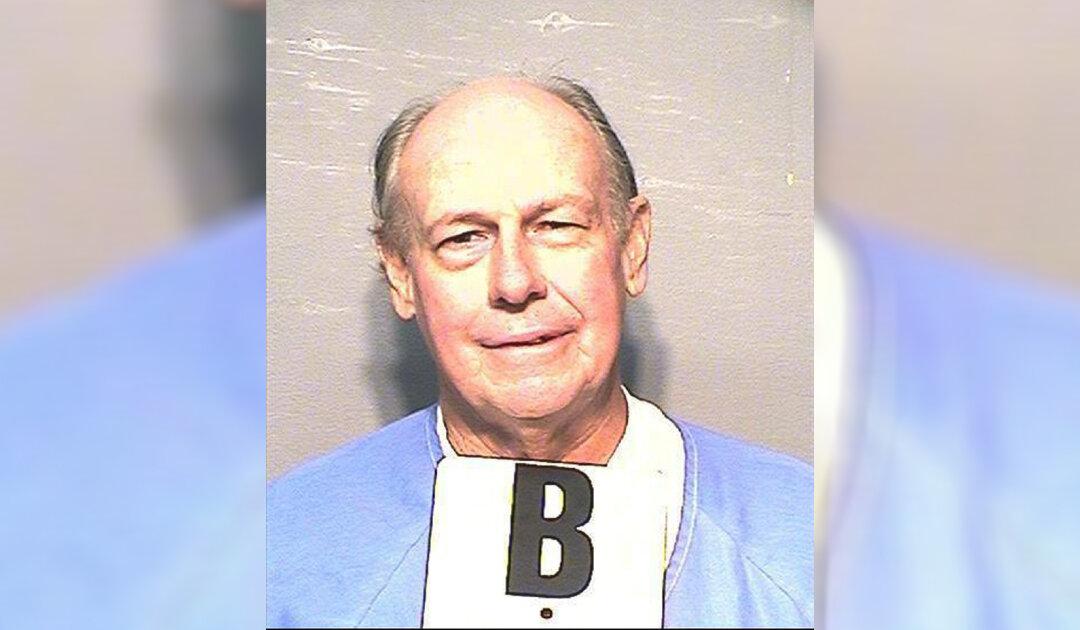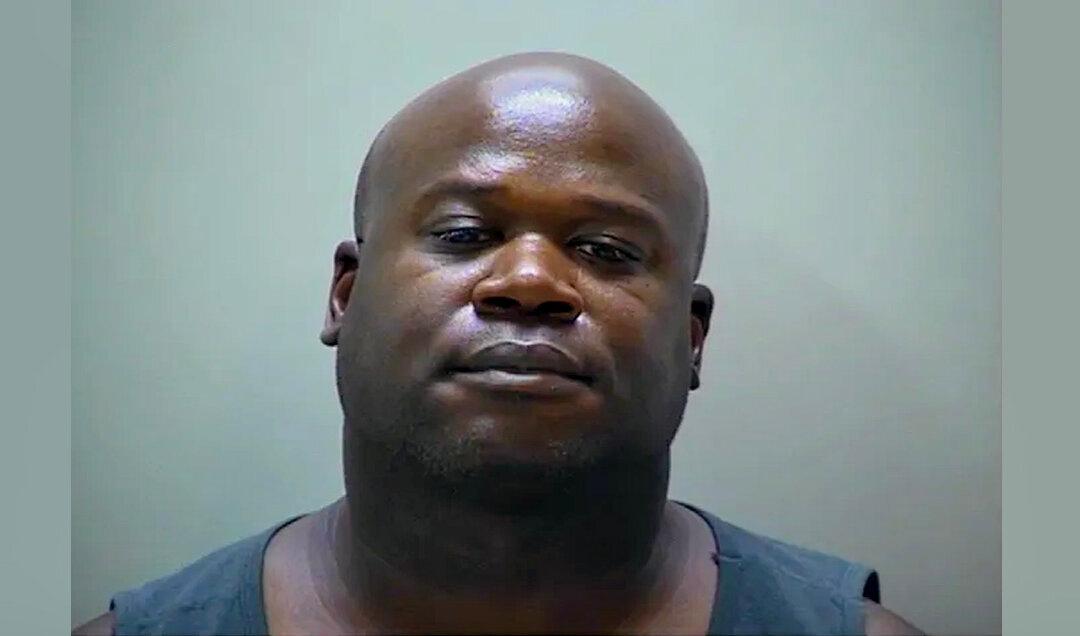A Maryland woman had a stroke from performing a physically demanding yoga movement back in late 2017 and she is still recovering from chronic pain nearly 18 months on.
Rebecca Leigh, 40, still suffers from severe memory loss, headaches, and pain in her neck and face since she tried to perform a hollowback handstand at her Gambrills home, 23 miles northeast of Washington, on Oct. 8, 2017.






